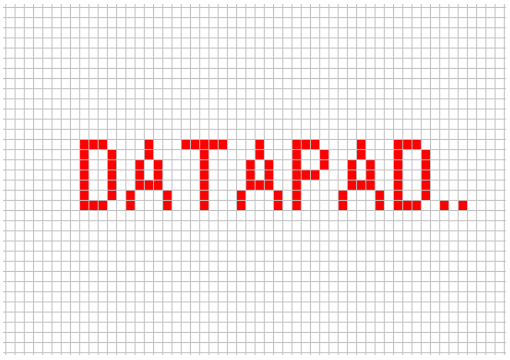MySQL Advanced SQL Overview
MySQL is free and open-source software under the terms of the GNU General Public License, and is also available under a variety of proprietary licenses. MySQL is a fast, stable, robust, easy to use, and true multiuser, multithreaded SQL database server.
MySQL has stand-alone clients that allow users to interact directly with a MySQL database using SQL, but more often MySQL is used with other programs to implement applications that need relational database capability. MySQL is a component of the LAMP web application software stack (and others), which is an acronym for Linux, Apache, MySQL, Perl/PHP/Python. The MySQL Community Server is the world’s most popular opensource database, used by millions of websites.
In this course, you will learn more advanced features in MySQL, including views, transactions, triggers, and stored procedures. By the end of this copurse, you will know how to facilitate rapid lookups with indexes, search for data in a result set provided by another select statement with subselects, and put databaseintensive operations into stored functions and procedures for faster, more modular, and more efficient programming. These techniques allow you to create more optimized and stable databases from web applications to data warehouses.
Topics include:
Creating, showing, and dropping indexes
Creating joined views
Implementing MySQL transactions
Creating foreign key constraints
Creating subselects
Creating stored functions and procedures
Updating with triggers
Introduction
Creating an index
Showing indexes
Dropping index
Multicolumn Indexes
Creating a subselect
Searching within a resultset
Creating a view
Creating a joined view
About stored routines in MySQL
Creating a stored function
Creating a stored procedure
Language extensions
What are transactions
Data integrity
Performance
Updating with triggers
Preventing updates
Creating foreign key constraints
Deleting and changing foreign keys
Conclusion
